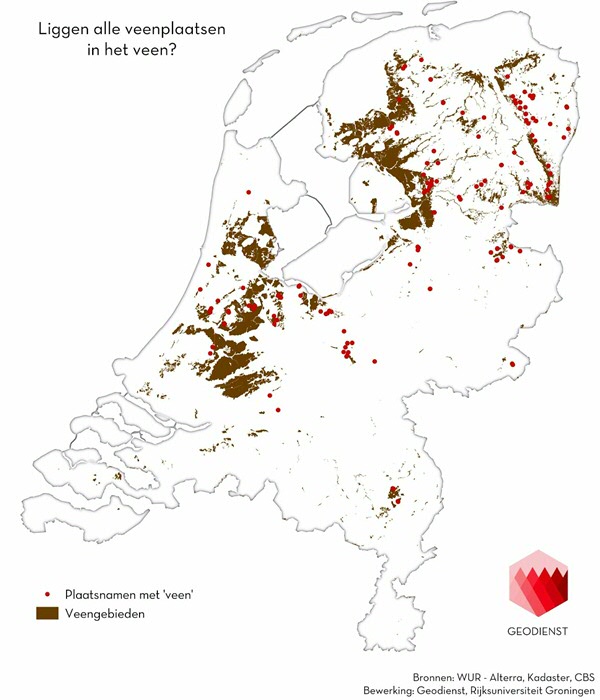Language

‘Language is something magical,’ said language researcher Jorrig Vogels a few months ago. ‘Using language, I can convey an image that I have in my mind into your mind.’ That is the essence of language. Crossing a bridge, making connections, explaining. Much can go wrong in this, or just right. Special things happen in language production and language acquisition – between people, or in the brain – sometimes with unexpected consequences. UG researchers study language in many fields: from aphasia to the positive effects of bilingualism, from tongue movements during speech to communicating with doctors. This month, we’d like to highlight a selection of recent items.
Interviews and news reports
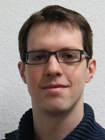
Linguist Jorrig Vogels talks about bridging the gap between speaker and listener
Jorrig Vogels has always been fascinated by language. As a child, he even compared the different words for ingredients on any packaging he came across. Last summer, the language researcher managed to secure a much-coveted Veni grant. ‘There’s something telepathic about language: using language, I can convey an image that I have in my mind into your mind.’
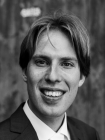
Lower literacy levels among people with financial problems
Lower literacy levels are much more common among people with financial problems. Research by Martijn Keizer in collaboration with Syncasso Gerechtsdeurwaarders [Syncasso Bailiffs], Kredietbank Nederland and the Reading and Writing Foundation, has revealed that half of the people wrestling with financial problems also have difficulty with reading. No fewer than 50.3% of the participants in the research were allocated the ‘low literacy indication’, whereas in the Netherlands as a whole the percentage of the population with low literacy levels is 18%. This means that they are unable to participate fully in society, because they score below the language level set by the government.
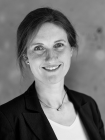
Bilingualism as a resource for healthy ageing
The Netherlands Organization for Scientific Research (NWO) granted a Vidi subsidy of € 800,000 to Merel Keijzer for her research. Merel Keijzer researches whether speakers of more than one language suffer less from age-related complaints, such as cognitive deterioration or later-life depression, but also whether learning a foreign language in old age can be used as a means to promote healthy ageing.
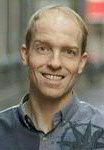
Jabber with abandon with Martijn Wieling at Lowlands Science
It is well known that alcohol consumption has a negative impact on speech. So what happens when you speak a foreign language? Research suggests that the impact in this case is positive, but it is unclear what happens inside the mouth. Dr Martijn Wieling from the University of Groningen will be using ultrasound to chart festival-goers’ tongue movements.
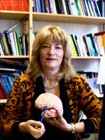
Roelien Bastiaanse: ‘If I lose focus, someone could lose their ability to speak.’
Roelien Bastiaanse originally wanted to study medicine, but finally decided to follow Dutch. ‘I was intrigued by linguistics. While studying in Amsterdam, I took a course unit on patholinguistics, which is about language disorders and the brain. A fascinating subject taught by a brilliant lecturer. I was particularly interested in aphasia, a language disorder caused by brain damage.’
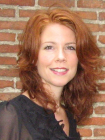
Photo stories help people prepare for doctor’s appointments
Photo stories appear to be a good way to prepare patients for a doctor’s appointment. These are the findings of doctoral research by Ruth Koops van ’t Jagt. Particularly the elderly and people who find it difficult to communicate with a GP stand to benefit. People may be more likely to notice leaflets that use photo stories, and such stories may help people approach doctor’s appointments differently.
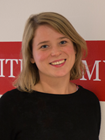
Speech app recognizes origin of Frisian user
The University of Groningen, European Capital of Culture project Lân fan Taal and regional broadcasting company Omrop Fryslân launched an app that can detect where the Frisian user is from. The app analyses whether the pronunciation of the voice commands fits Klaaifrysk, Stadsfries, Stellingwerfs or one of the many other varieties of the Frisian language. Stimmen fan Fryslân is a good example of Citizen Science: everyone can make a valuable contribution using a smartphone or tablet or via the Stimmen website.
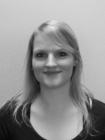
Lennie Donné: ‘Campaigns about STDs don't work’
Although students are prone to contract STDs, they are hardly concerned about them. PhD student Lennie Donné wants to do something about this. ‘There has to be another strategy. Young people don’t see themselves as a risk group,’ says Lennie Donné. ‘If they contract chlamydia, for example, they don’t see it as such as problem. They think that if you just take a pill, you’ll get over it.’
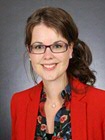
Financial information leaflets offer too little protection for consumers
The information leaflets supplied with complex financial products fall short of the mark. People still run a substantial risk of losing money. According to Carien de Jager, financial information leaflets are inadequate for protecting consumers and the government overestimates them.
Language researchers in the spotlight
- Marleen Janssen
- Merel Keijzer
- Bettina Reitz-Joosse
- Martijn Wieling
Is Heerenveen, which means ‘Lords of the Peat’, actually located in a peat area?
The UG Geodienst (geo service) is creating various maps on the basis of available geographic sources. This map answers the frequently asked question: ‘Are all ‘veen places’ built on peat?’ In other words, are all the places with veen in their name located in a peat area? You can be the judge.
